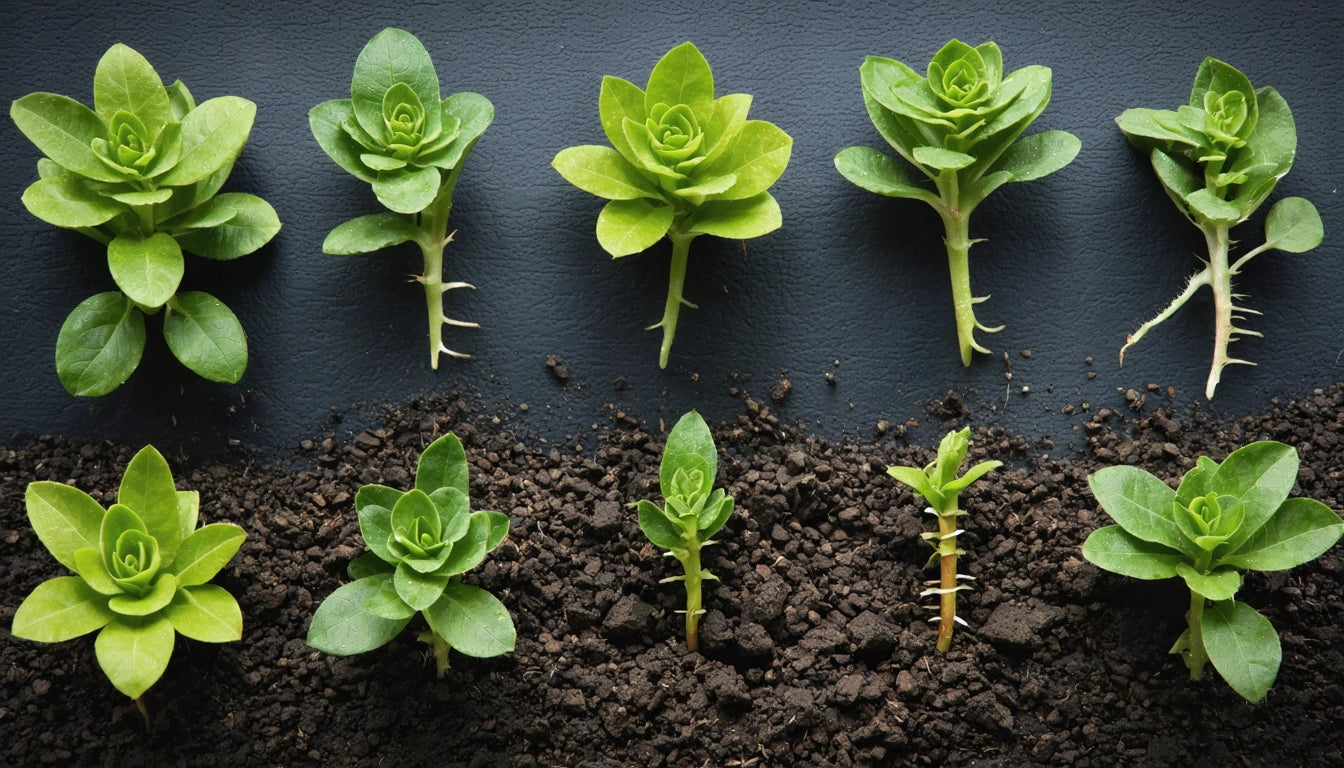Table of Contents
- Benefits of Molasses for Plant Health
- How Often Should I Use Molasses on My Plants?
- Can Too Much Molasses Kill a Plant?
- When to Stop Using Molasses in Your Garden
- Application Methods and Best Practices
- Molasses Alternatives and Complementary Nutrients
- Achieving Optimal Results with Strategic Molasses Use
Using Molasses in Gardening: Tips and Precautions for Optimal Plant Health
Molasses has gained popularity among organic gardeners as a natural fertilizer and soil amendment. This sweet, sticky byproduct of sugar production offers numerous benefits to plant health, but knowing the right application frequency and potential risks is crucial for success. Understanding how often you should use molasses on your plants and when to stop application can make the difference between thriving gardens and potential problems.
Benefits of Molasses for Plant Health
Molasses serves multiple functions in the garden ecosystem. Rich in carbohydrates, iron, sulfur, and potassium, it feeds beneficial soil microorganisms that help break down organic matter and make nutrients available to plants. These microbes create healthier soil structure, improving water retention and root development.
For cannabis growers specifically, molasses can enhance terpene production and potentially increase yield. As noted in this comparison between Bud Candy and molasses, the natural sugars provide energy for microorganisms that support plant health during crucial growth stages.
How Often Should I Use Molasses on My Plants?
The ideal frequency for molasses application depends on your plants' growth stage, growing medium, and overall health:
- Seedlings and young plants: Avoid molasses until plants are established with several sets of true leaves.
- Vegetative stage: Apply once every 1-2 weeks at half strength.
- Flowering/fruiting stage: Apply once per week at full strength.
- Late flowering: Reduce to once every two weeks or stop entirely (more on this below).
For cannabis plants specifically, which have unique watering requirements as detailed in this watering guide, molasses application should align with your regular feeding schedule. The frequency might need adjustment based on how your plants respond.
Dilution Rates
A standard dilution is 1-2 tablespoons of molasses per gallon of water. Start with the lower concentration and observe your plants' response before increasing the strength. This cautious approach helps prevent potential issues from overfeeding.
Can Too Much Molasses Kill a Plant?
Yes, excessive molasses application can harm or even kill plants. The risks of overuse include:
- Nutrient lockout: Too much sugar can disrupt the soil's microbial balance, potentially blocking nutrient uptake.
- Root rot: Excess sugars may encourage harmful fungi and bacteria that attack root systems.
- Attraction of pests: Sweet substances can attract unwanted insects and other garden pests.
- Soil compaction: Heavy applications may lead to soil crusting and reduced aeration.
Signs of molasses overuse include yellowing leaves, stunted growth, wilting despite adequate water, and unusual stickiness on soil surfaces. If you notice these symptoms, flush the growing medium with plain pH-balanced water and temporarily halt molasses applications.
Proper storage containers are essential for maintaining molasses quality between applications. Many growers use secure storage jars with reliable caps to prevent contamination and maintain freshness of gardening amendments like molasses.
When to Stop Using Molasses in Your Garden
Knowing when to stop using molasses is as important as knowing how often to apply it. Here are key times to discontinue use:
1. Final Weeks Before Harvest
For flowering plants, especially cannabis, stop molasses applications 2-3 weeks before harvest. This allows the plant to use up stored nutrients and improves the quality of the final product. Similar to how cannabis compounds process through the body, plants need time to process and metabolize nutrients before harvest.
2. Dormant Seasons
For perennial plants, stop molasses during dormant periods when plants aren't actively growing and soil microbes are less active.
3. When Soil Tests Indicate Imbalances
If soil tests show excessive microbial activity or nutrient imbalances, pause molasses applications until balance is restored.
4. During Plant Stress
When plants show signs of stress from disease, extreme weather, or pest pressure, temporarily stop molasses applications to avoid compounding issues.
Application Methods and Best Practices
For optimal results, consider these application methods:
- Soil drench: Apply diluted molasses directly to the soil around the plant's base.
- Foliar spray: Use a very dilute solution (1 teaspoon per gallon) as a foliar feed during vegetative growth.
- Compost tea additive: Add molasses to compost tea to feed beneficial microbes before application.
Always use unsulfured, organic molasses for gardening. The sulfur dioxide in sulfured varieties can harm beneficial soil microorganisms. Blackstrap molasses is particularly beneficial due to its higher mineral content.
As with watering schedules discussed in this comprehensive watering guide, consistency is key. Establish a regular schedule that aligns with your plants' growth stages and stick to it.
Molasses Alternatives and Complementary Nutrients
While molasses offers numerous benefits, it works best as part of a comprehensive feeding program. Consider these alternatives and complementary products:
- Commercial sugar-based additives: Products like Bud Candy offer precise formulations with additional micronutrients.
- Honey: A natural alternative with similar benefits but at a higher cost.
- Coconut water: Rich in cytokinins and natural sugars that support plant growth.
- Seaweed extracts: Provide complex carbohydrates along with trace minerals.
These can be rotated with molasses or used during periods when molasses application is reduced or stopped. As with any plant care regimen, proper storage is crucial for maintaining product effectiveness, similar to how proper storage extends cannabis freshness.
Achieving Optimal Results with Strategic Molasses Use
Successful molasses application in gardening requires observation, adaptation, and integration with your overall plant care strategy. By understanding how often to use molasses on your plants, recognizing the signs of overuse, and knowing when to stop applications, you can harness its benefits while avoiding potential pitfalls.
Remember that plant needs change throughout their lifecycle, as detailed in this comprehensive plant care guide. Adjust your molasses regimen accordingly, always starting with lower concentrations and working up based on plant response.
With careful application and attention to timing, molasses can be a valuable tool in your organic gardening arsenal, supporting soil health and plant vitality throughout the growing season.











Leave a comment
All comments are moderated before being published.
This site is protected by hCaptcha and the hCaptcha Privacy Policy and Terms of Service apply.